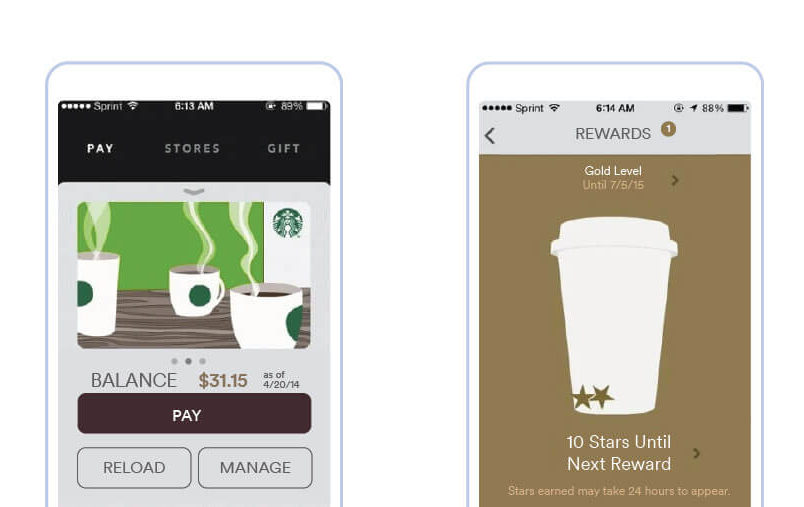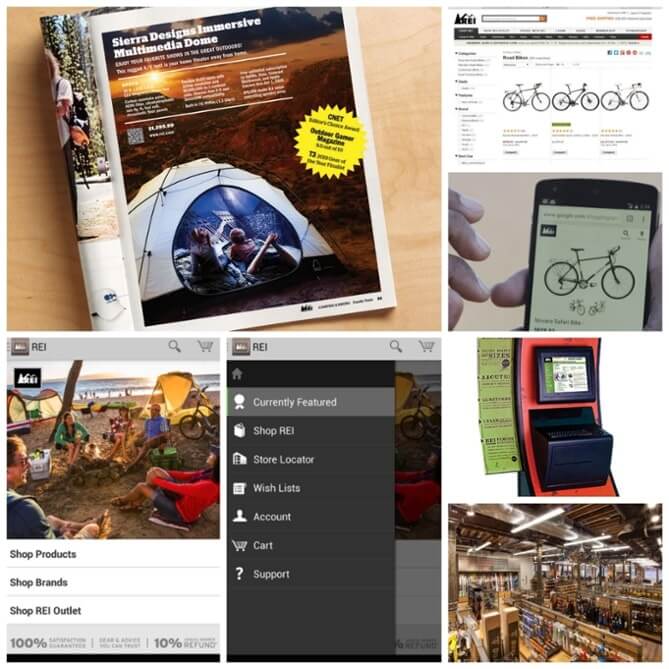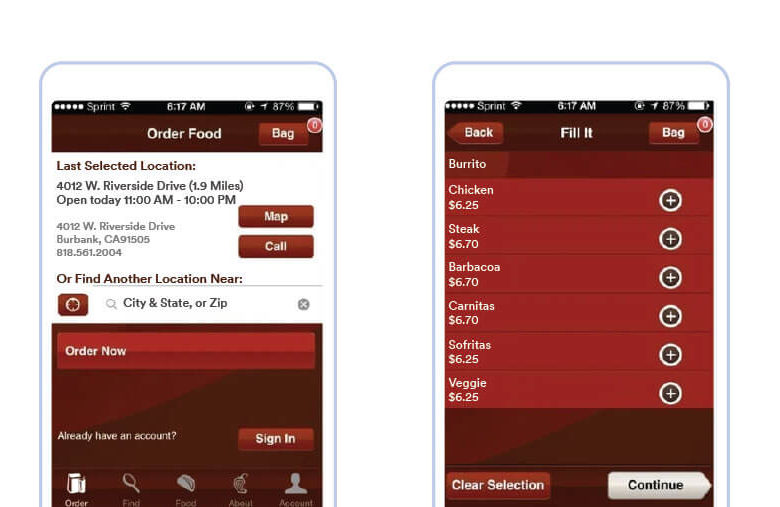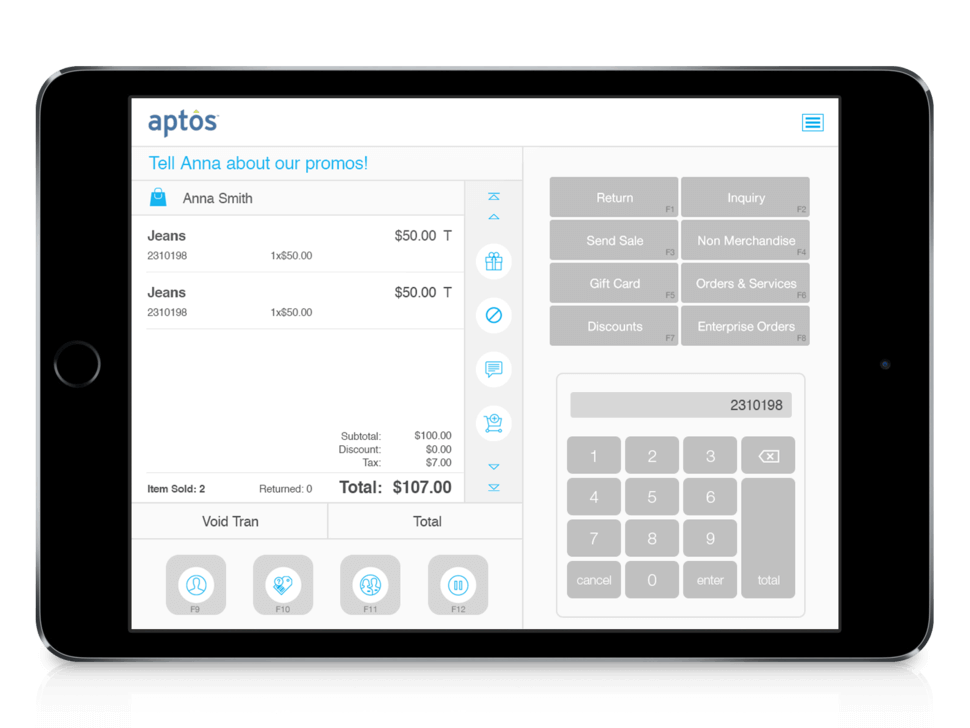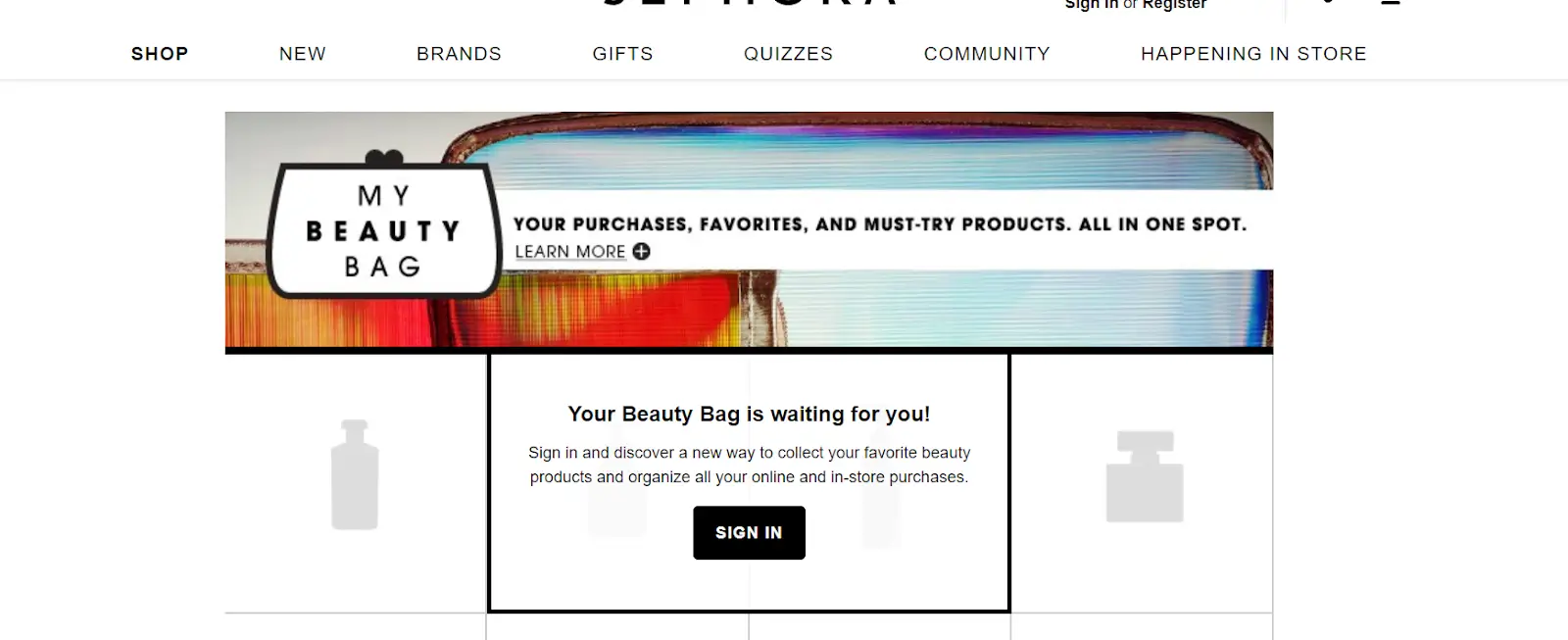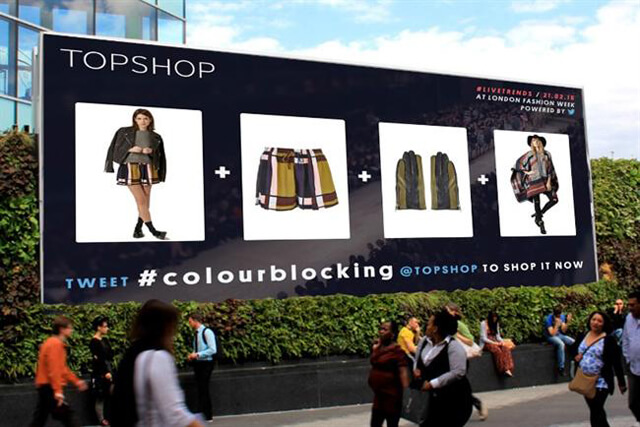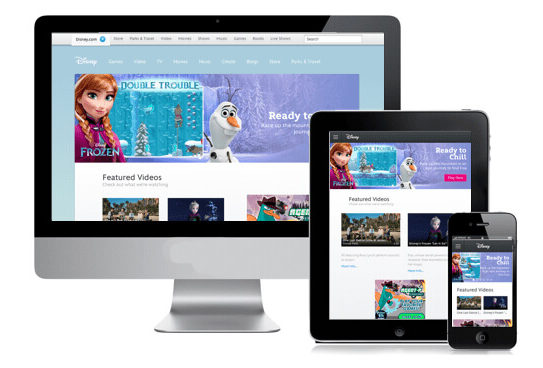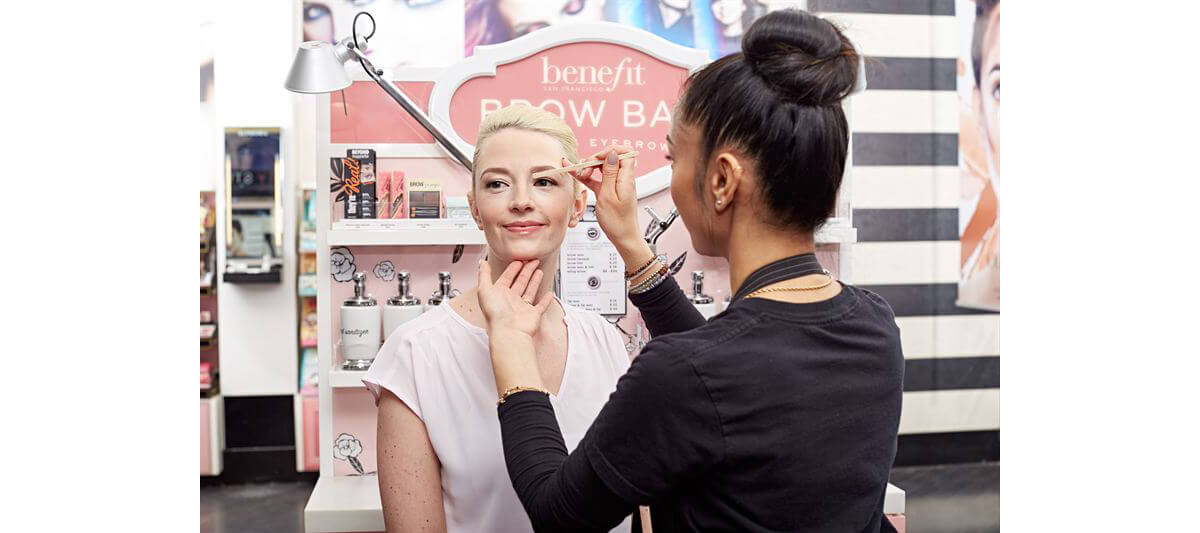11 Proven Methods to Increasing Omnichannel Customer Engagement
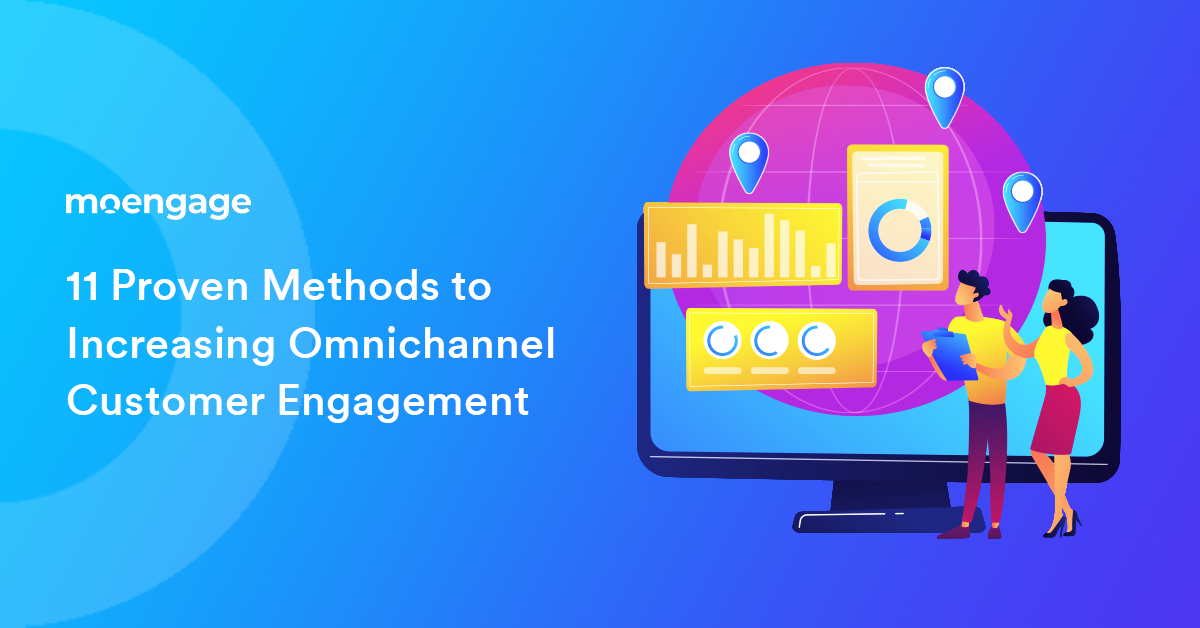
The future of B2C trade is omnichannel customer engagement. Today, on average, a customer uses six touchpoints during a purchase compared to two just a decade and a half ago. Understandably, companies using cross-touchpoint engagement experience decreased cost per contact and a whopping three times the annual revenue.
A customer ought to spend more when there is a significant number of channels available. In figures, a customer pays an average of 9% more when there are at least four channels along their customer journey. However, it doesn’t necessarily mean that more channels equals higher turnover, as 87% of customers believe the brand should put more effort into providing them with a seamless experience.
Yet, only 45% of brands have a strategy in place. To position themselves for the future, brand owners must step towards Digital Commerce. A customer should be offered a continuous and all-embracing customer experience offline and online with the help of the necessary channels.
In a nutshell, omnichannel customer engagement is a well-implemented multichannel approach offering a continuous experience.
The customer is the king
Interestingly, brands with an omnichannel presence retain 89% of their customers compared to the one-third that brands without it maintain. Omnichannel engagement results in a significant ROI because it aligns with customer preferences. A customer chooses its channel.
The boundaries between channels – social, physical, local – disappear when a single trade experience emerges. Omnichannel is like an all-inclusive marketing and sales pool that pulls customers into it. This data put in context with the modern marketing landscape points towards the need for a marketer to stand out from the crowd.
This is why omnichannel strategies are preferred because 98% of Americans switch devices once a day, and 57% of them are willing to exchange personal data for individualized brand interactions. Thus, B2C marketers need to prioritize customized marketing that spans multiple communication platforms, as 90% of customers expect. As these are purely facts, let’s dive into the practicality of things.
Let’s increase your omnichannel customer engagement
As a marketer, you need to invest in details and create opportunities as the customer experience changes with every interaction. Somewhere in the customer journey, an essential service must be provided that adds value to the purchase. For example, if you are a retailer, you can provide a scanning code with your brochure or magazine that takes customers to that product on your website or app.
Also, you can use the augmented reality function for the “try and buy” method. Incorporating digital technologies in the purchasing process helps in following up on customer satisfaction in a targeted manner. As a result, you can have 86% of customers paying more for the experience.
It’s one thing to read about customer engagement, and it’s entirely different to see brilliant companies implementing their methodologies.
In this article, we are going to draw inspiration from a few proven strategies:
1. Create a personalized experience
Doctor on Demand is a medical service provider giving personalized telemedicine care. Virgin Atlantic offers an omnichannel marketing experience. However, one of the most stunning accounts of employees and channels seamlessly working together was seen when a customer, Robert, had a poor experience with the company. A representative, Dan, understood his problem.
Even though the solution was beyond his capabilities, he reached across different company marketing channels to give Robert a personalized experience. He even encouraged the customer to reach out to him directly if there were any future issues. It is beneficial to add this sort of personal touch to your customer service.
2. Offer a dynamic experience
New portals are being built up to assist people. Talkspace is a brand that makes therapy available for every person.
Bank of America has focused on its omnichannel development a great deal. It has set the standard for offering a dynamic experience in the industry allowing everything from appointment scheduling to check deposits to be handled by desktops and mobile apps.
Indeed, there is a way to go in terms of complex banking needs. However, the company’s commitment to omnichannel experience ensures that basic activities don’t require that level of hassle.
Learn more about omnichannel engagement in digital banking here.
3. Stay ahead in the game
One of the top omnichannel experiences out there is offered by the Starbucks rewards app.
|
|
With the app, the customer gets free rewards whenever they make a purchase. On top of it, it is possible to reload the card via website, phone, or app. Any changes to your profile or the card get updated in real-time across all channels. You can even reload the card in the store, and the balance will be updated by the time your card is swiped.
Starbucks is a highly relevant example. But did you know that apart from that, there exists a platform called Cornerstones4Care?! This provides personalized recommendations for diabetes patients.
4. Your channels should work with one another
When purchasing from a brick-and-mortar store, 82% of customers consult their smartphone. It is not a great experience if your app or website says that the product is in stock, whereas it is not in-store. Thus, it would help if you made your shopping channels work with one another instantaneously to provide powerful omnichannel marketing. REI does this through its many shopping touchpoints.
|
|
The company’s omnichannel initiative focuses on providing precise, up-to-date, accurate product information each time. This kind of internal communication keeps customers satisfied, happy, and recurrent.
5. Make it easy for the customers
If a customer orders food online and opts for takeaway, he expects to receive it as soon as he reaches the restaurant. However, many food apps don’t provide this experience. On the other hand, Chipotle has a mobile ordering app and an online system that allows placing an order from anywhere, even on the go.
|
|
The app also allows users to save favorite orders and take up requests for the whole team, ready by the time of pickup. This way, omnichannel and easy-to-navigate tools make customers’ lives easier.
Apart from this, various medtech startups are creating a buzz in the market by developing customer-friendly portals.
6. Understand your target audience
Orvis is using a winning omnichannel strategy that involves understanding the target audience and using effective communication methods. The company uses first-party data to understand the demographics of affluent customers and their interest in modern e-commerce tools. Orvis equips its employees with tablets that have e-commerce tools and CRM. It lets them track out-of-stock products for both in-store and online purchases. Representatives can assist customers with a product using the tablet.
|
|
This not only improves the customer experience but also helps the Orvis marketing team gain consumer- insight. This lets employees recognize loyal customers and deliver an additionally compelling offer.
7. Integrate in-store and online experience
Sephora, the beauty giant, creates an omnichannel experience that connects shoppers’ in-store visits with their online purchases. ‘Beauty bag’ features allow shoppers to look for items and try them on virtually. They can purchase items or add them to the wish list using the app. In-store features include complimentary makeovers and beauty workshops.
|
|
Sephora recognizes that shoppers have a variety of products to choose from. Thus, they have integrated the in-store communication channel and beauty bag feature to help customers narrow down their options. This lets customers keep track of products they wish to buy.
8. Go digital
Topshop, a UK-based fashion brand, launched a series of digital billboards throughout the United Kingdom as a part of London Fashion Week’s marketing campaign. The billboards were synced to the company’s Twitter data and displayed relevant trending products from their catalog.
|
|
Topshop experienced a 75% boost in sales from the items related to the “#LFW” hashtag.
9. Create an immersive experience
Pepperfry, an Indian home furnishing company, created a delightful customer experience by pairing an immersive in-person experience with its online store. In-store design consultants help customers find ideal home décor pieces. The customer can purchase furniture either from the store or online, reducing the pressure of making an immediate purchase.
|
|
Reports show that this has improved their sales by 10-15%.
10. Focus on the details
Disney has created the right omnichannel experience with its beautiful, mobile-responsive site. Their trip planning site allows you to select the details of your visit to the theme park. In the park, you can locate the attractions you want to see along with their wait time on the app.
|
|
The company has taken a step forward by releasing a magic brand program that acts as a room key, food ordering tool, and photo storage device. It is genuinely an omnichannel experience with fast pass integration.
11. Make customer journey unique
Benefit Cosmetics had a memorable omnichannel campaign with its ‘brow bar’ experience. They held a competition in the UK, and winners got brow bars along with product samples and eyebrow waxes.
|
|
The campaign showed customers that they were easily accessible, and it was Instagrammable! This is great for a brand and helped the company increase market share for brow products up to 60%.
Takeaway
There is more than one way to approach the customer engagement goal. The critical takeaway from the above methodologies is “think omnichannel.” Put yourselves in the shoes of the customer and offer them what they want. Omnichannel is about providing an all-embracing shopping experience that delivers consistent, contextual, and unique experiences across channels, including marketplaces, social networks, websites, etc.
Shift your focus from products to customers and adapt to offers that meet potential customers offline and online. Don’t forget to transform a customer into a buyer across all channels to avoid losing them along the way.
Here is your guide to emerging customer trends that will help you choose your engagement method and gain some insight into omnichannel retail marketing.









